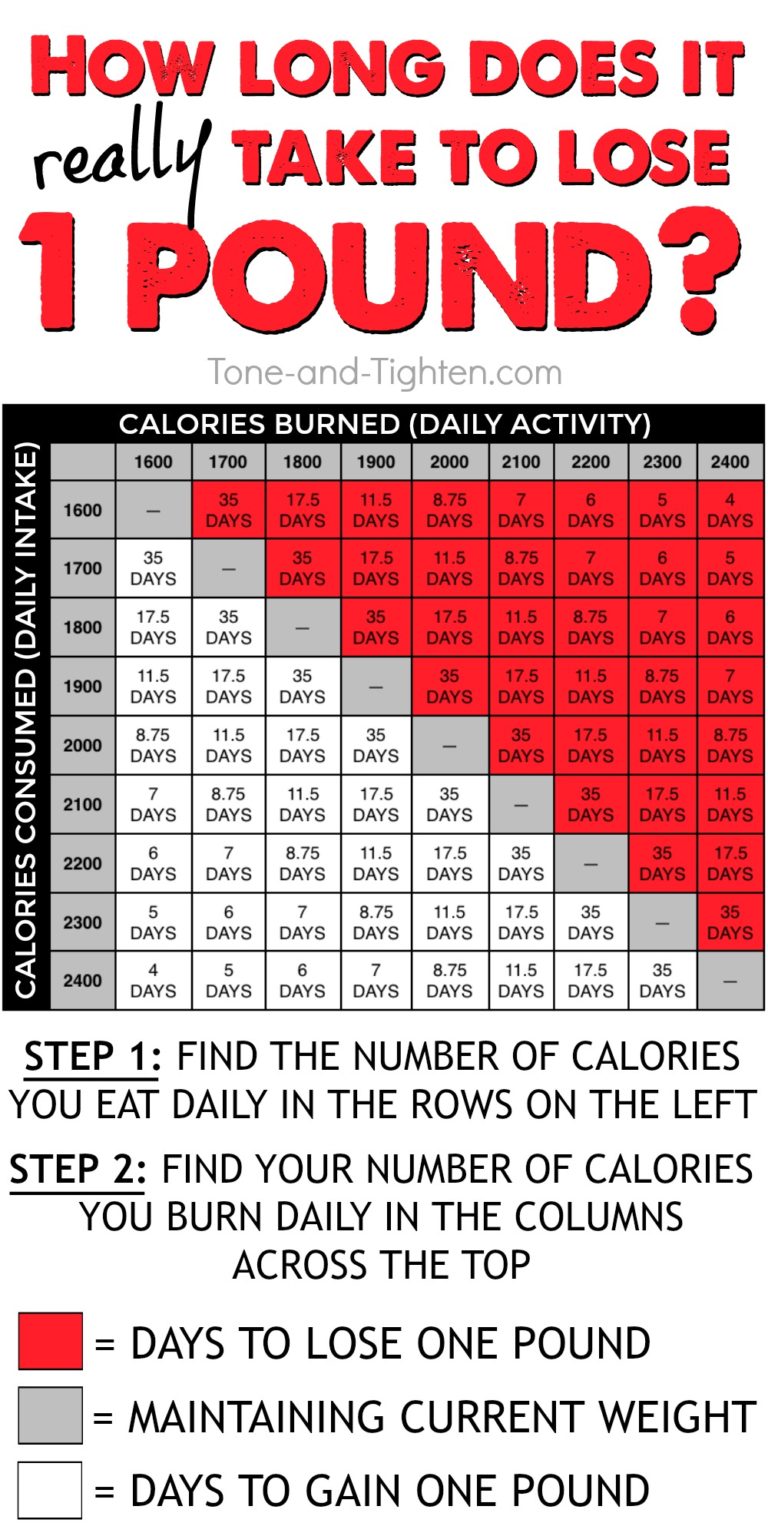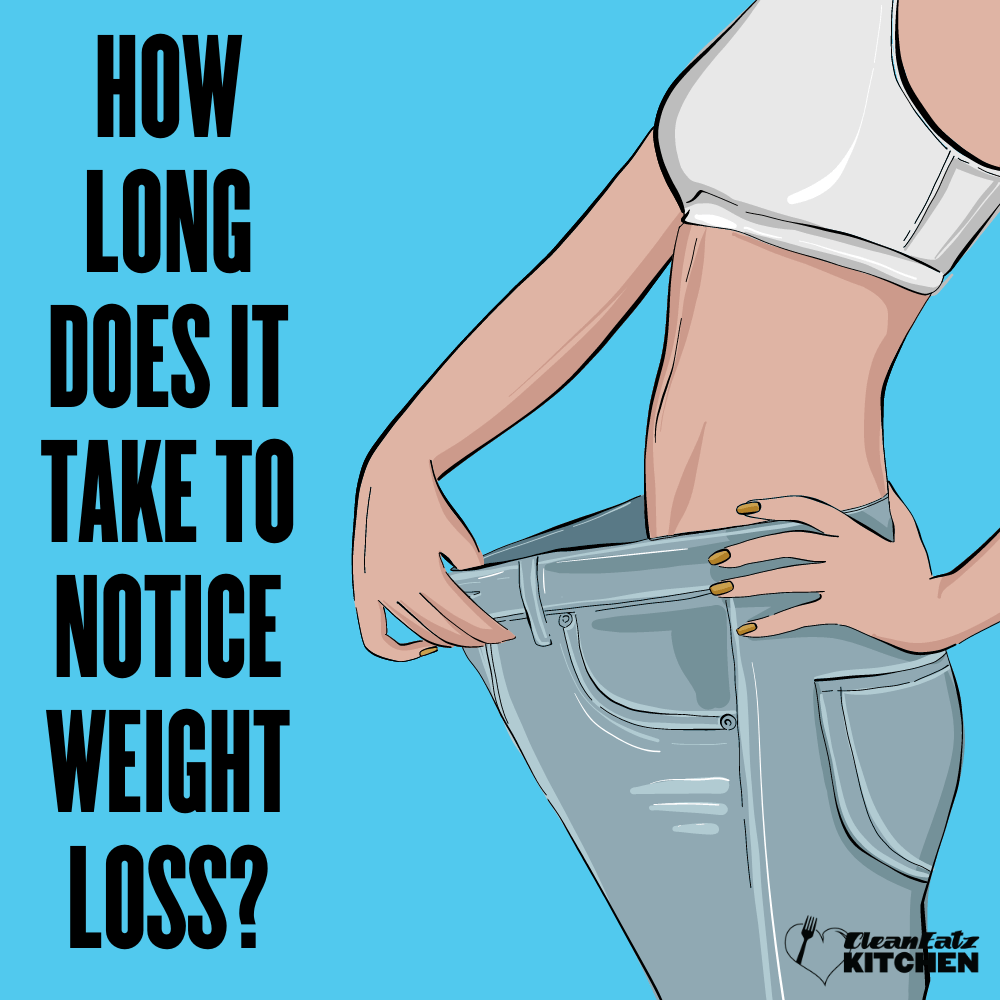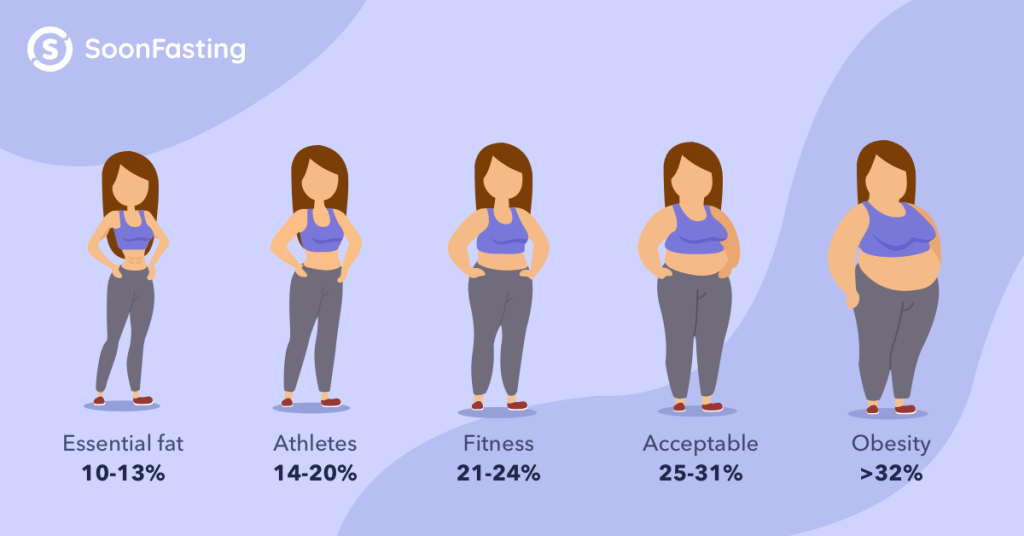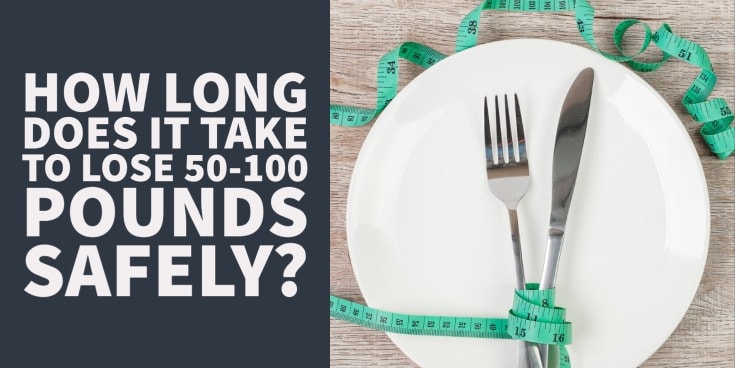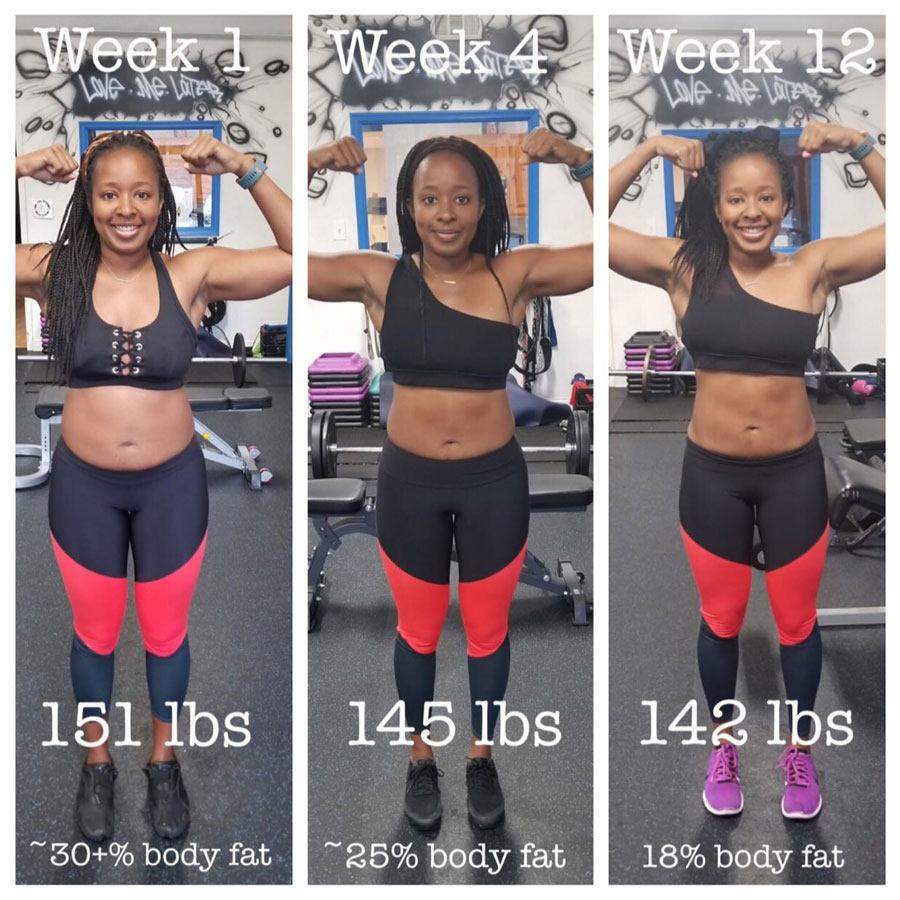How Long Would It Take For Me To Lose Weight
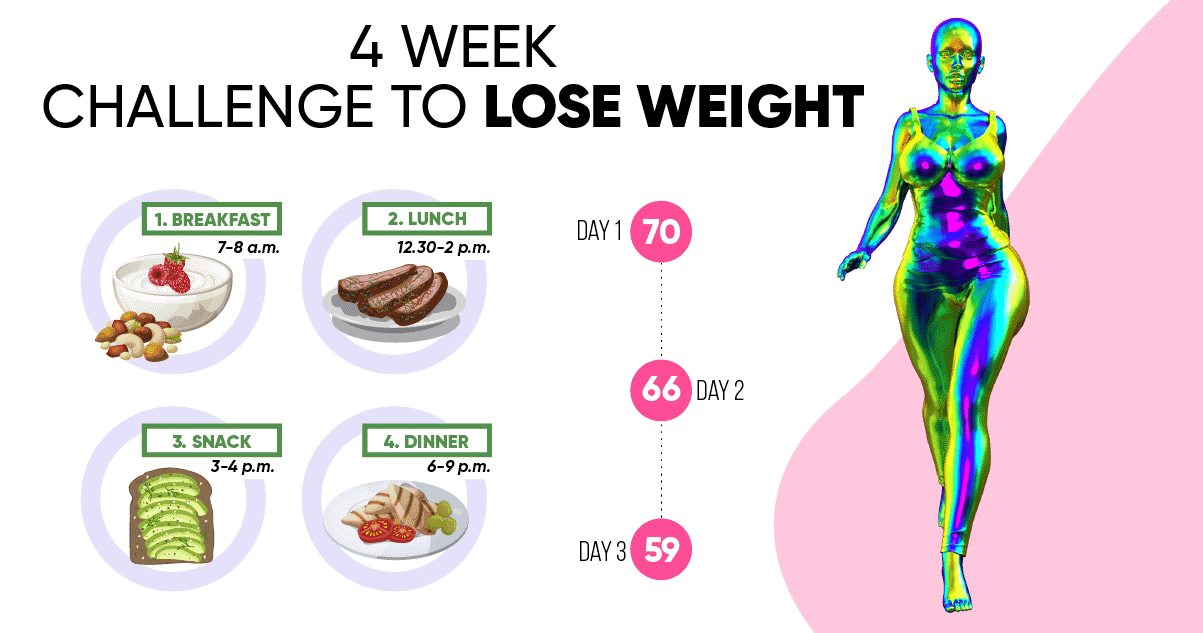
Shedding unwanted pounds is a top priority for many, but unrealistic expectations can lead to frustration and failure. Understanding the science behind weight loss is crucial for setting achievable goals and maintaining a healthy lifestyle.
This article provides a realistic timeline for weight loss, drawing upon scientific data and expert recommendations to guide individuals towards sustainable and healthy results.
Factors Influencing Weight Loss Speed
The rate at which you lose weight is influenced by a multitude of factors.
These include your initial weight, sex, age, genetics, and overall health status.
Your diet, exercise regimen, and stress levels also play significant roles in determining how quickly you see results.
Initial Weight and Body Composition
Individuals with higher starting weights often experience more rapid initial weight loss.
This is primarily due to the body shedding excess water weight and glycogen stores.
Furthermore, body composition—the ratio of muscle to fat—influences metabolism. More muscle mass leads to a higher resting metabolic rate, burning more calories even at rest.
Diet and Caloric Deficit
Creating a caloric deficit is the cornerstone of weight loss. This means consuming fewer calories than you burn daily.
Experts recommend a deficit of 500-750 calories per day for a weight loss of 1-2 pounds per week.
This rate is generally considered safe and sustainable.
Exercise and Activity Level
Physical activity increases calorie expenditure and helps preserve muscle mass during weight loss.
Combining cardiovascular exercise (like running or swimming) with strength training can optimize results.
The Centers for Disease Control and Prevention (CDC) recommends at least 150 minutes of moderate-intensity or 75 minutes of vigorous-intensity aerobic activity per week, along with muscle-strengthening activities on two or more days per week.
Realistic Weight Loss Timelines
So, how long will it actually take to see results?
It’s essential to approach this question with realistic expectations. Dramatic weight loss claims often promoted by fad diets are unsustainable and potentially harmful.
According to the Mayo Clinic, a safe and sustainable weight loss rate is 1-2 pounds per week.
This means you can realistically expect to lose 4-8 pounds per month.
"Losing weight is a marathon, not a sprint. Focus on making sustainable lifestyle changes that you can maintain long-term," advises Dr. Emily Carter, a registered dietitian.
Potential Plateaus and Adjustments
It’s common to experience weight loss plateaus along the way.
This occurs when your body adapts to your reduced calorie intake and lower weight.
To overcome a plateau, consider reassessing your calorie intake, increasing your activity level, or incorporating new exercises into your routine.
Long-Term Maintenance
Maintaining weight loss is often more challenging than losing it.
A study published in the New England Journal of Medicine found that most individuals regain a significant portion of their lost weight within a few years.
Focus on maintaining healthy habits such as a balanced diet, regular exercise, and stress management techniques to improve your chances of long-term success.
Consult with a registered dietitian or healthcare professional to develop a personalized plan that aligns with your individual needs and goals.
Remember that weight loss is a personal journey. Be patient with yourself, celebrate small victories, and prioritize your overall health and well-being.
